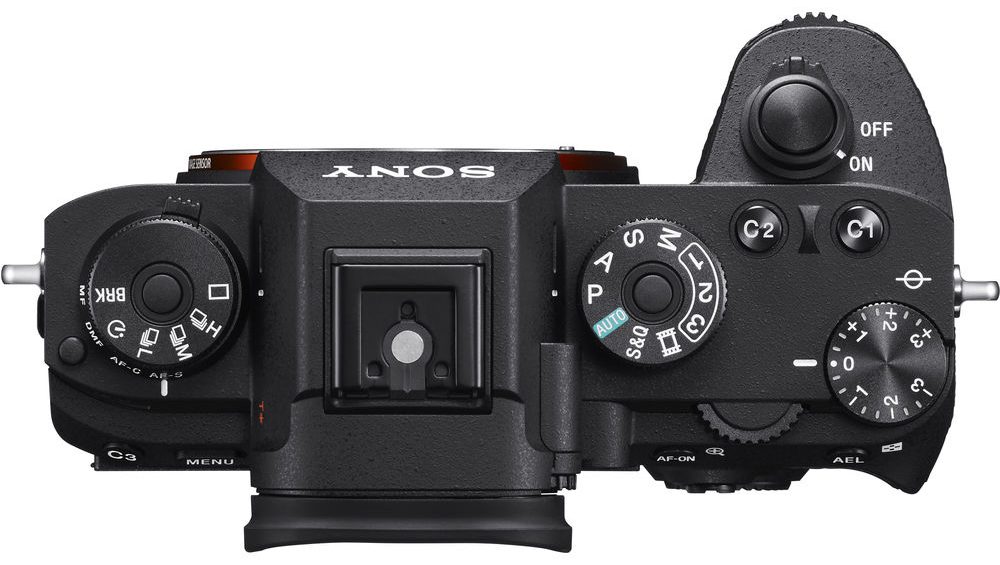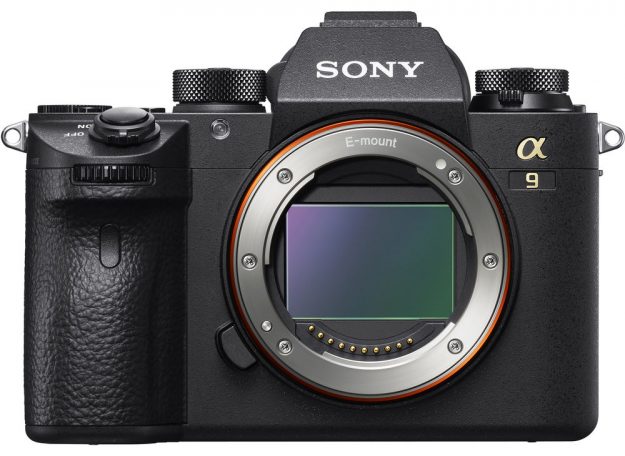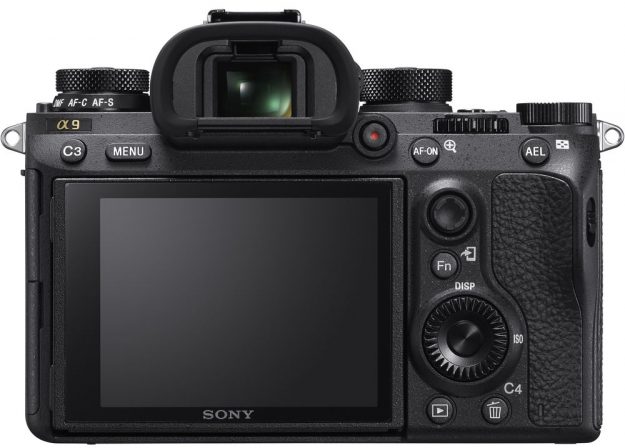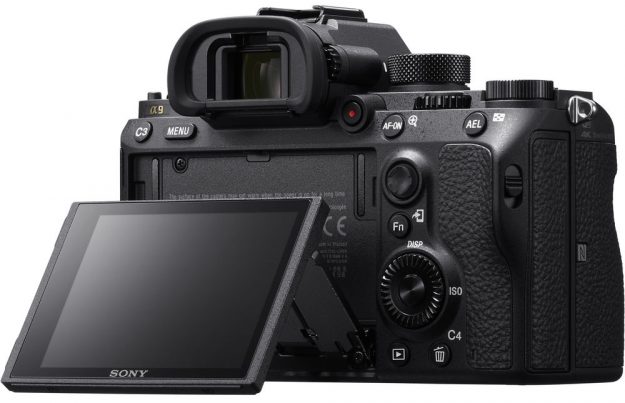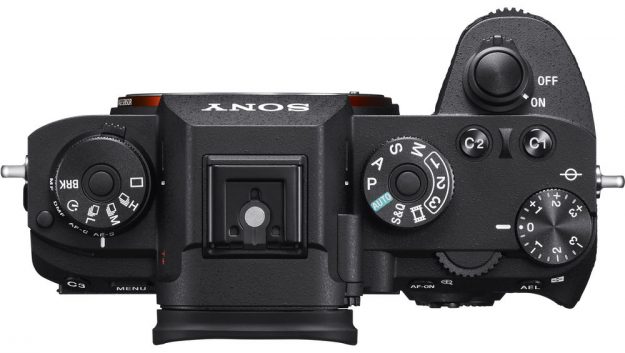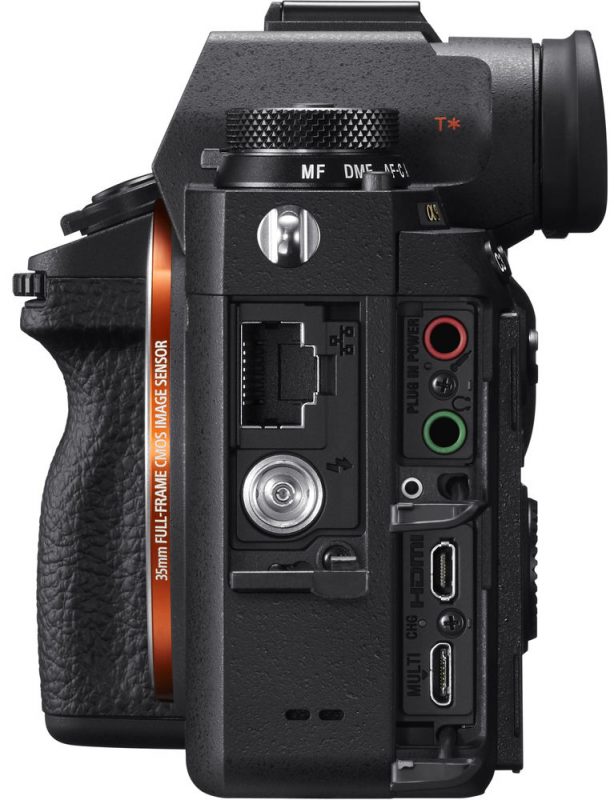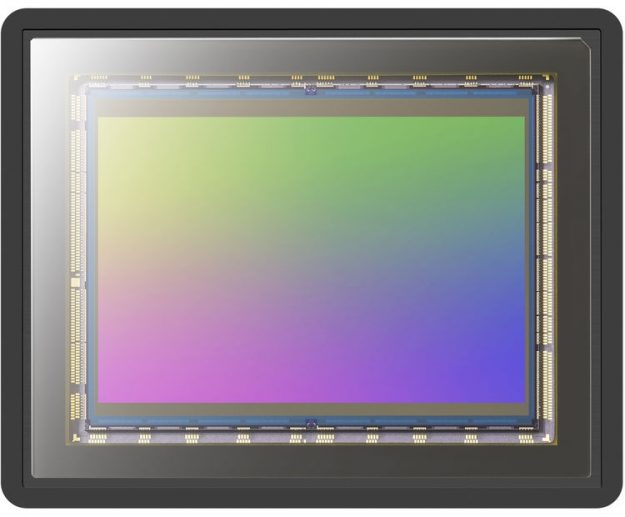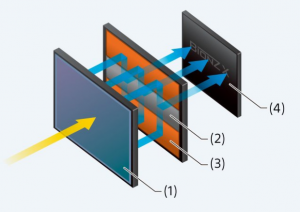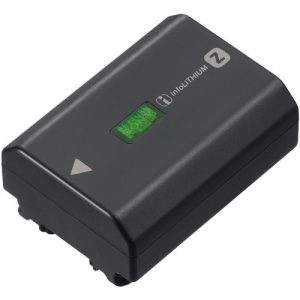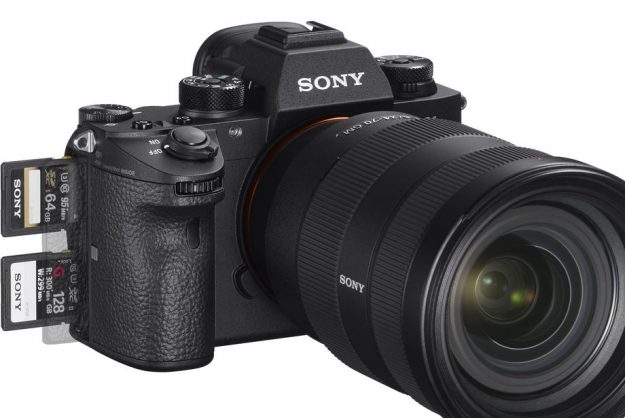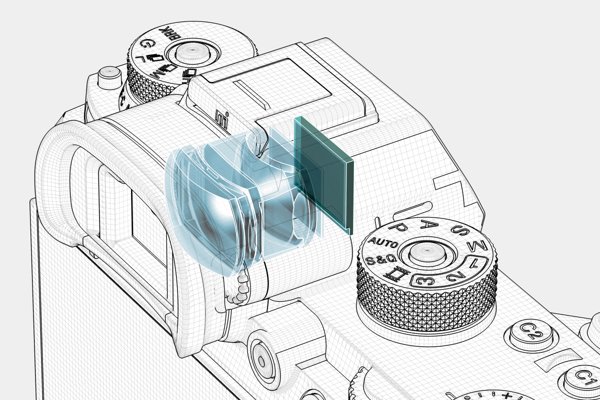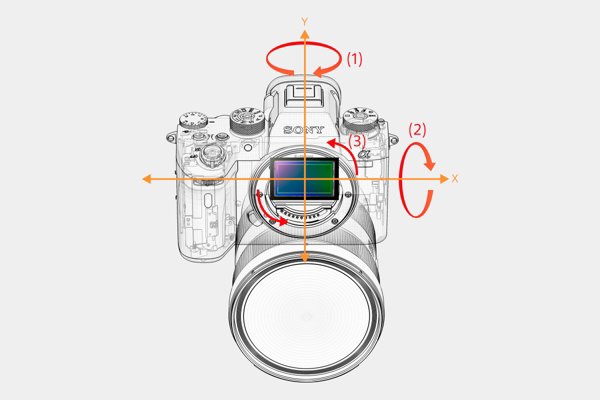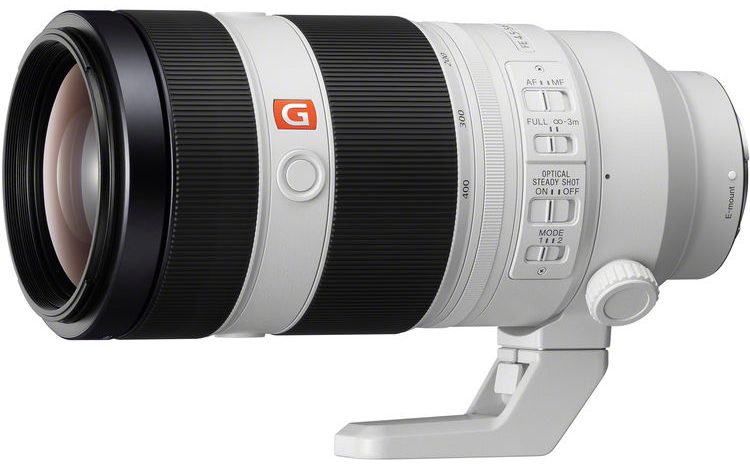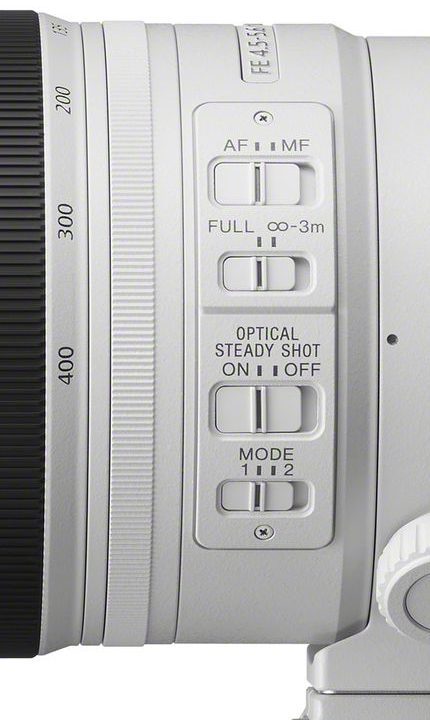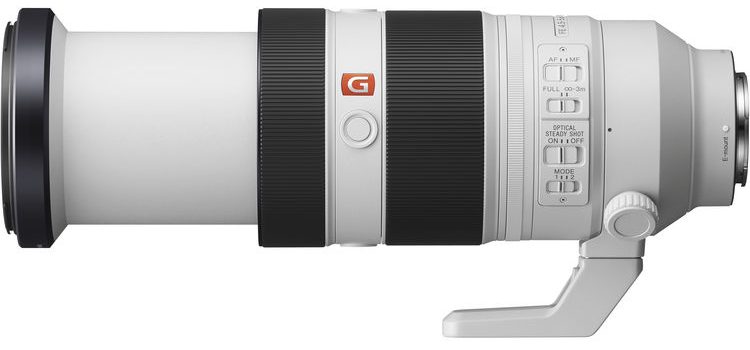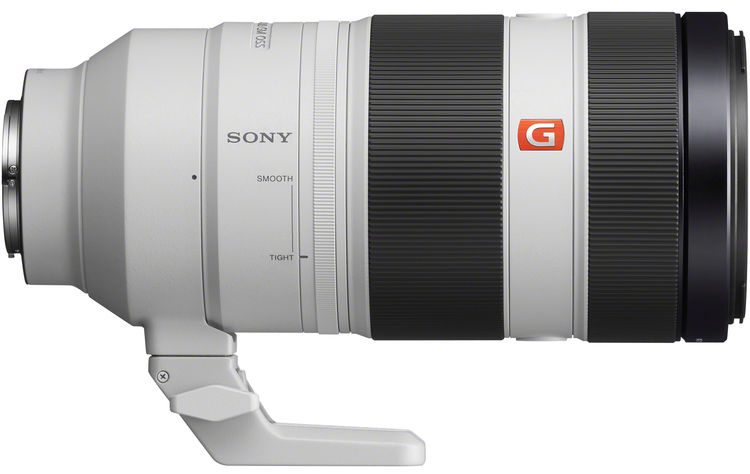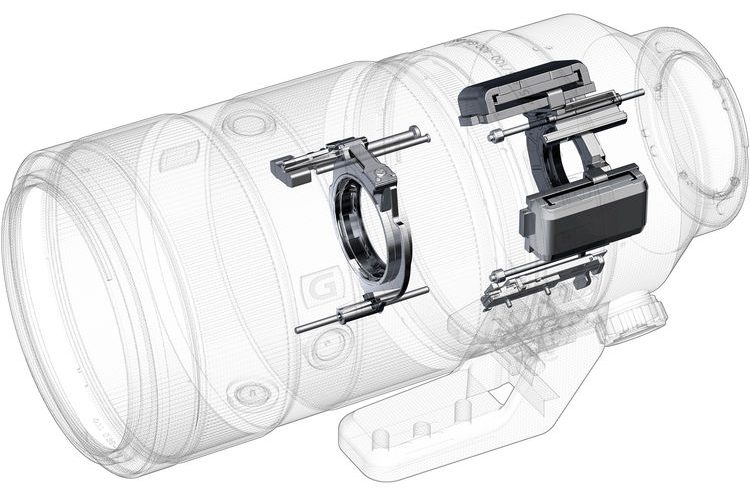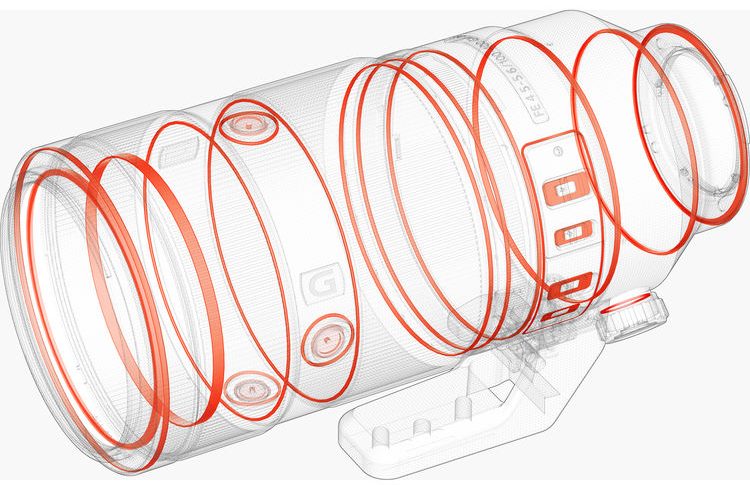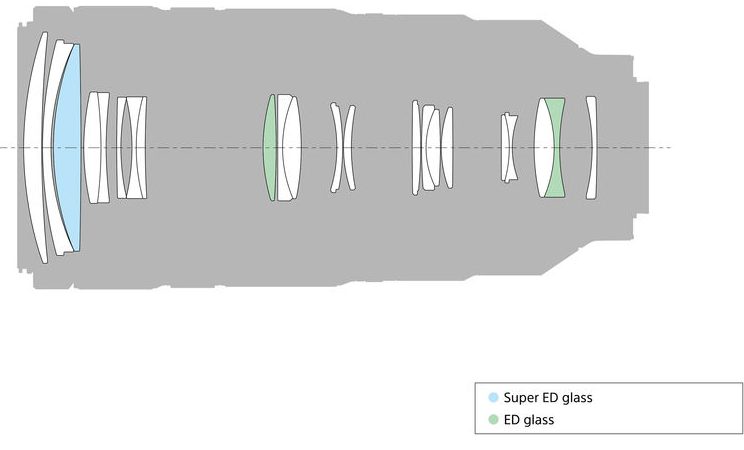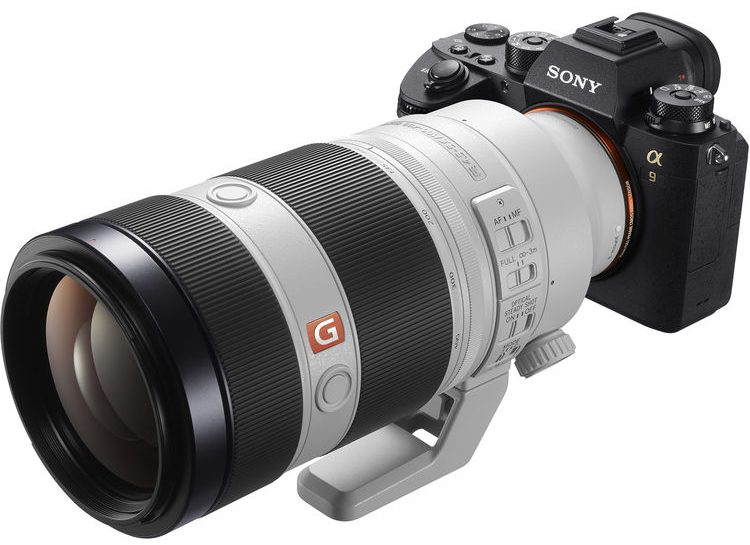Sony has done it again and just announced a new flagship full frame mirrorless camera called the A9! Sony also announced the FE 100-400mm f/4.5-5.6 GM OSS Lens which was one of the last critical lenses needed for the Pro oriented users out there.
Those thinking of switching from the DSLR camera, can easily do so know with the current camera and lens line-up offered from Sony in my opinion. It really did take a long time to get all the essential FE lenses made, but quality optics and engineering takes time and money.
I have been speculating about the A9-series for a really long time now, and I knew Sony would eventually come out with a serious pro grade mirrorless camera. Finally the A9 is here and is priced at a hefty $4500 US .
Ok, so what does the new Sony A9 offer that justifies the $4500 price tag??
Well, lets dig in and find out shall we….
New Sony A9 Breakdown
Lets start with the key features worth noting in a quick bullet point list for reference. Note: Highlighted in red is the stuff that jumps out at me.
Sony A9 Key Features:
- 24.2MP Full-Frame Exmor RS Stacked CMOS Sensor
- BIONZ X Image Processor & Front-End LSI
- 693-Point AF System
- 20 fps Shooting
- Blackout-Free Quad-VGA 3.7m-Dot OLED EVF
- Internal UHD 4K Video Recording
- 5-Axis SteadyShot INSIDE Stabilization
- 3.0″ 1.44m-Dot Tilting Touchscreen LCD
- ISO 204,800
- Silent Electronic Shutter
- Built-In Wi-Fi/Bluetooth
- Dual SD Slots
- New – NP-FZ100 Battery (7.2 VDC, 2280 mAh)
- Integrated LAN and PC Sync Terminals
- 1/32000sec max shutter re-lease speed
- Customizable My Menu Area
- AF/AE live-view tracking
Looking at the New A9 from the front, we see the familiar A7-series style camera body for the most part. What is notable different to my eye is the new dual shooting mode dial which is on the right side just above the A9 logo. Also, the control wheel located in the grip just below the shutter re-lease looks to be flat as apposed to angled slightly on the A7r II, for example. The height of the A9 is almost identical to the A7r II, so don’t worry about the camera being much larger or anything. Were talking millimeters here…
From the back be sure to note the new Record button location, AF-On button, and little joystick style nub controller above the Fn (function) button. You can also see the new stacked dials on the left top of the camera above the C3 button. This body is really well thought out and much more accommodating to the hands-on users in particular. I like physical buttons much more than menu driven buttons/ options. It just make sense to have a button to do something rather than going into a menu system to find it. Clearly some options need to be kept in the menus, but the basics like shooting modes and such should be incorporated into the camera body. Pro’s really demand this as they should. It’s way to time consuming going thru the menu to find a basic feature when in the heat of the moment for example…
From this angled rear view, you can see the a bit more depth to the buttons and dials. A very well refined full frame mirrorless camera body from an engineering perspective I would say.
From this arial view you can get a better idea how the new dual mode dial on the left side works. Basically the top dial turns to give you quick access to drive mode options and then the little tab on the lower dial allows you to select the AF shooting mode. It looks really well designed to me from these images. A special note for those wondering what the icon is just above the exposure compensation wheel on the left side. That is the sensor depth location within the camera body, for measuring purposes if needed. Useful for calculating depth of field in macro modes and things that in particular.
From the port side we have a totally new door. Basically the USB and HDMI ports got moved down, the Audio ports moved to where the HDMI and USB ports used to be, and now the new PC and Flash Sync ports were added. I like the new design overall, and the location choices make sense to me.
FTP file transfer
A new terminal for wired LAN connection lets you transfer still images to an FTP server for viewing and management. Since FTPS (File Transfer Protocol over SSL/TLS) is supported, image files can be encrypted while being transferred.
Below that is a flash sync terminal, which is very helpful for those in studio environments. The alternative is using an adapter on the hot-shoe, which has been the solution until now… I personally use a flash trigger unit that sits in the hot-shoe, but sometimes that is not the best solution depending on the circumstances and lighting configuration.
Sony A9 Sensor
So the New Sony A9 24mp full frame sensor is now the Exmor RS Stacked CMOS style technology that has been around for a while, but only in the smaller sensors until now. Only 24mp which leads me to believe an A9R will be coming out at some point with a possible 50MP sensor…
This stacked design is a really big deal and should offer some better performance in a number of areas based on the smaller sensors that are also the stacked design. The 693-point AF system which is embedded in the sensor, should really take the AF performance to the next level. Although the AF is quite good on the A7r II currently, it’s still not as good as the DSLR A99 II AF performance as an example. Perhaps the A9 will perform closer to the A99 II in the AF department, but I’m thinking it will still not be as good due to the obvious advantages the mirror, and large stand alone AF module has in the A99 II.
You really can’t get that kind of performance by embedding microscopic af modules into the sensor yet, although that technology continues to improve each generation. Its sort of apples and oranges when you compare the actual AF sensor modules in the A99 II vs the embedded af sensor modules found in the mirrorless camera sensors. They are so much larger on the A99 II compared to the embedded sensor units, it’s not really a fair comparision as far as hardware goes.
Moving on the A9 is capable of shooting 20 frames per second and that is an industry leading number folks! Incredible to say the least and thanks to the Front-End LSI processor technology the information can be processed fast enough to allow for up to 362 continuous frames in JPEG format and up to 241 frames in raw format. Very impressive if you ask me 😉
Sony A9 Sensor promo Video from Sony
New Battery – Finally!!
Next we have a New NP-FZ100 Battery (7.2 VDC, 2280 mAh), which has almost double the A7r II NP-FW50 Battery (7.4 VDC, 1020 mAh). This will allow for a claimed 480 shots (Viewfinder) / approx. 650 shots (LCD monitor) per cycle. That is hugely better than the Sony A7r II which can comparatively go for approximately 290 shots per battery cycle.
This battery upgrade to the Sony Mirrorless camera line was long overdo and hopefully all future cameras will incorporate this new battery.
The next logical question would be, will this new battery work in the A7 mirrorless cameras, and the answer is no. It is physically larger in size and will not fit, although the next generation A7 series cameras could certainly fit the battery into the grip I am sure of it!
Another new feature that is of Pro importance in my opinion, is the dual SD memory card slots.
My Menu & new menu interface
A new My Menu feature lets you register up to 30 menu items for instant recall, arrange items in any order, and erase unused items. Also, primary menus have been reorganized for smoother search and operation. Awesome news and finally this feature has been introduced. I have been asking for this since the Nex-6 😉
Blackout-free shooting
Non-mechanical electronic shutter eliminates blackout with typical SLR mirror action. An uninterrupted view of the subject is available even during shutter release, with 60fps live-view capability and minimal display lag in continuous shooting.
(A) Blackout-free shooting (B) Shooting with blackout
Quad-VGA OLED Tru-Finder
The new high-resolution 3686k-dot electronic viewfinder (EVF) shows a clear image with fine detail. The legendary ZEISS® T* Coating greatly reduces reflections. Smooth EVF images realized by 120fps frame rate even allow you to easily track a subject in fast motion. Fluorine coating on the outermost lens provides improved protection from dirt.
5-axis image stabilization
New body-integrated 5-axis image stabilization unit offers a 5.0-stop shutter speed advantage. The live-view monitor image is also stabilized, so you can compose images easily even when shooting a fast-moving subject. (1) Yaw (2) Pitch (3) Roll
Closing Remarks
The Sony A9 really looks like an awesome solution to full frame format photography needs for many users. The new features in this model really address some of the long term complaints the system has had since its inception. The horrible battery life for example, has been an issue since the original A7 in particular. The A9 packs several new features that really make the price increase from the A7 series palatable to some degree. When some new features appear to be just software updates, it can be really frustrating to the current A7 series camera users for example.
Can’t Sony just update the firmware to give those features to us?
Yes, Sony could totally do that, but will they? Probably not based on history. They want you to pay for those features and upgrade your camera. Sometimes Sony does trickle down the new software technology upgrades to the earlier models, but it really seams to depend on the competition from what I have seen over the years… You can never have everything in one package, and manufactures exploit this every time they come out with a new product. If it has everything, there will be no reason to upgrade in the future, or lust for another model. Hence the A7r II, A7s II and A7 II. All priced and feature packed differently. This sort of crap is always frustrating, but we must except it’s just the way it is these days…
Banding Issues?
I have heard some people chattering about banding issues due to the electronic shutter, and based on the lighting situation, this can totally be possible. Apparently all the staged shooting events Sony set-up were not real world enough for some folks, and this mostly prevented the banding issue from happening. However, in the real world with horrible fluorescent lighting and such, banding can be an issue. I have not seen any sample photos of this yet, but it’s worth noting for future investigation if your in the market…
Video Performance?
No Slog2 for video makes the New Sony A9 more for pro photography shooters which presumable means a lower resolution Sony A9S optimized for video/ super low light shooters, and an A9R for super high resolution needs will be coming in the near future. Clearly this is Sony’s future A9 growth model based on the A7 series. Obviously I could be wrong hear, but it just makes logical sense to me that this is what Sony will do based on the past… Sony just flat out got rid of the picture profile feature on the A9 which is where the Slog2 and other options where located. This really does not make sense to me, and reenforces the fact that a A9s will be coming for the more video oriented user. Otherwise the video quality appears to be excellent in both full frame and super 35mm modes from what I can tell… It’s a shame Sony still continues to piss off the loyal fans with this nonsense. A firmware update could resolve this issue and hopefully Sony will accommodate under the pressure.
At the end of the day, the New Sony A9 is packing some serious power and upgrades from the A7 line in particular. Must have Pro features like: double the battery life, better menus, dual memory cards, Sync terminals, black-out free shooting, 20fps, stacked sensor, way better AF coverage, more and better physical buttons/ layout were all needed. Now we can official say the Pro’s basic needs have been met for the most part.
The Sony mirrorless camera system has always required Pro users to make some sacrifice’s in one way or another. The A9 really does fill in the gaps that were missing for the most part when compared to the A99 II for example. They are still not equal, but are now both Pro oriented in purpose and function I would say.
New – FE 100-400mm f/4.5-5.6 GM OSS Lens
Oh yeah, I have been waiting for this lens to come out for a very long time. The FE 70-300mm G lens is still a great option, but the FE 100-400mm f/4.5-5.6 GM OSS Lens is a pro must have unit that is finally here. I’m looking forward to testing it out, and based on the GM badge, I can assume it will be killer! All the other GM lenses I have tested so far have held up to the hype in my opinion…
FE 100-400mm f/4.5-5.6 GM OSS Lens – Key Features:
- E-Mount Lens/Full-Frame Format
- Aperture Range: f/4.5-5.6 to f/32-40
- One Super ED Element and Two ED Elements
- 22 Lens Elements in 16 Groups
- Nano AR Coating and Fluorine Coating
- Direct Drive SSM Focus System
- Optical SteadyShot Image Stabilization
- Zoom Torque Adjustment Ring
- Internal Focus, Focus Range Limiter
- Dust and Moisture-Resistant Construction
- Nine-Blade Circular Diaphragm
- 77mm filter thread
- Removable tri-pod collar
- Compatible with Teleconverters
- Weight = 49.21 oz (1395 g)
- Price = $2498 US
Lens Feature Breakdown below courtesy of BHPhoto:
The lens features numerous other settings and controls for making operation smooth and intuitive for a variety of shooting styles. This includes a zoom torque adjustment ring that lets users dial in the stiffness of the zoom mechanism. It also has an internal focus system with a minimum focus distance of just 3.22′ as well as focus range limiter switch for faster focusing. Other physical controls and options include multiple customizable focus hold buttons, an AF/MF switch, and a removable and rotatable tripod mount. Additionally, it has a dust- and weather-resistant construction and a nine-blade circular diaphragm.
- – As part of Sony’s esteemed G Master series, this lens is designed to achieve notably high resolution and sharpness through the correction of a wide variety of spherical and chromatic aberrations. Additionally, these lenses feature robust and intuitive-to-handle physical designs to benefit both photography and cine applications.
- – A far-reaching telephoto zoom designed for full-frame E-mount mirrorless cameras, this 100-400mm lens is also compatible with APS-C models where it provides a 150-600mm equivalent focal length range.
- – A maximum aperture range of f/4.5-5.6 helps minimize size and weight while providing excellent performance in a variety of applications.
- – Two extra-low dispersion elements and one Super ED element are featured in the lens design and help to control chromatic aberrations and reduce color fringing for increased clarity and color fidelity.
- – A Nano AR Coating has been applied to reduce surface reflections, flare, and ghosting for increased contrast and color rendering in strong lighting conditions.
- – The front lens element features a fluorine coating to protect against smudges and dust from adhering to the glass surface.
- – A rounded nine-blade diaphragm contributes to a pleasing bokeh quality when employing selective focus techniques.
- – Optical SteadyShot image stabilization helps to minimize the appearance of camera shake for sharper imagery when shooting handheld with slower shutter speeds. This stabilization system can also be combined with select camera’s sensor-shift type image stabilization for more effective control of camera blur.
- – A Direct Drive SSM system and internal focus mechanism provides quick, quiet, and precise autofocus performance and also contributes to more natural, intuitive manual focus control.
- – Dust and weather-sealed construction benefits using the lens in inclement shooting conditions.
- – Removable rotating tripod mount permits quick switching from horizontal to vertical shooting orientations.
- – A zoom torque adjustment ring will help provide users with added control over the zoom function of the lens.
- – Focus range limiter and focus hold controls offer more intuitive handling and faster performance when photographing moving subjects.
- – A floating elements system benefits image quality when working at the 3.22′ minimum focusing distance with 0.35x magnification.
- – Compatible with Sony’s 1.4x and 2x FE teleconverters for reaching distances of up to 800mm.
- – The included lens hood features a filter access window and a lock switch.
That is about it for this article, but please feel free to share your thoughts on this new flagship model mirrorless camera and new GM Lens from Sony. I would love to hear what you guys think!!
Jay
Order Now:
- Sony A9 @ BHPhoto (Click Here)
- Sony FE 100-400mm f/4.5-5.6 GM OSS Lens @ BHPhoto (Click Here)

